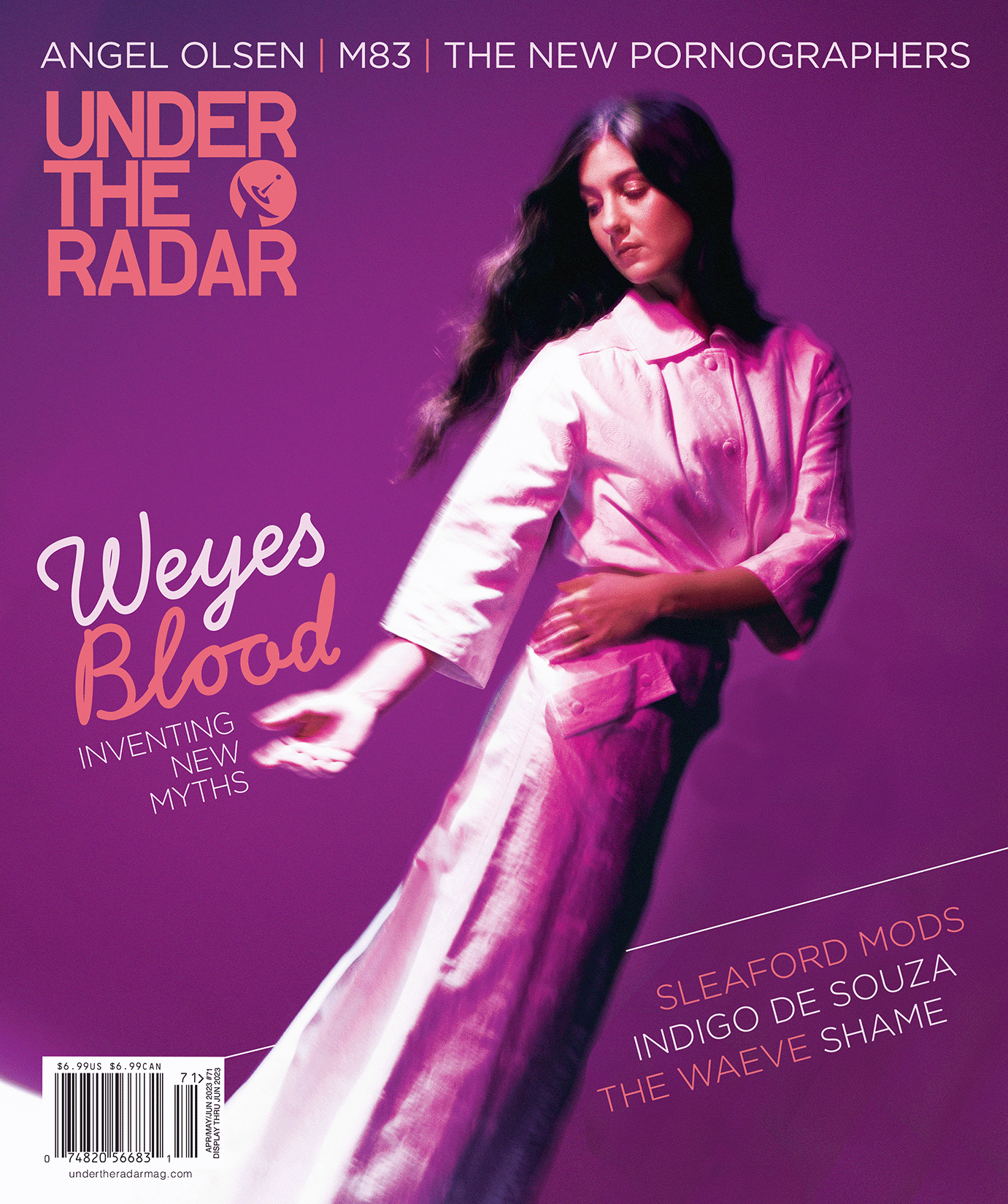
St. Vincent
Digital Ashes
Apr 22, 2014
St. Vincent
![]()
Over the course of three albums—each arguably better than the last—Annie Clark has established herself as one of indie rock’s most reliably innovative acts. But as her strengths (dazzlingly ornate arrangements, intricately designed wordplay) have generally trended toward the cerebral, the literate, and the sophisticated, her music has never felt particularly dangerous. Like the legendary David Byrne, with whom she collaborated on 2012’s Love This Giant, she has made music to engage the body via the mind while largely bypassing the id. But something seemed to have changed when she performed a slashing and shrieking rendition of Big Black’s famously antisocial “Kerosene” at a tribute concert in May of 2011. After the release of her critically-lauded third album, Strange Mercy, Clark began debuting new, far more aggressive songs at shows, even stage-diving on occasion. With her self-titled fourth album, Clark is ready to throw some punches.
“I think it’s a very un-self-conscious record,” Clark says. “It’s bolder and it’s more extroverted than the records I’ve done in the past. It’s a little lighter in tone. It’s kind of like a party record you could play at a funeral. It’s got pathos, but it’s also got a lot of movement to it, a lot of kinetic energy. And I was thinking about a live show, too, when I wrote the record. I was thinking about how certain songs would get the right feel, and I think with the touring I did with Strange Mercy, the shows became more violent and more dangerous. I’m crowd-surfing and playing songs like ‘Krokodil’ that were written after Strange Mercy, that were more full-on heavy songs, unrelenting heavy songs. I think I took a lot of that energy into this record.”
That’s not to say that St. Vincent is Clark’s exploration of bruising lo-fi gutter rock, but it does represent a more direct, more visceral, and less careful approach to songwriting. Kicking off with the skittering electronic beats of “Rattlesnake,” Clark sings about stripping naked in the desert only to stumble upon a rattlesnake and sprinting home, creating what she calls an “imagined creation myth” that grows more and more frantic until exploding into a bird’s nest of tangled guitar lines. First single “Birth in Reverse” is similarly raw, depicting a protagonist who goes through a typical day of listless peeking through the blinds and casual masturbation, what Clark calls “squalor mixed with beauty mixed with the totally mundane, all in the same breath and on the same day.” Just as striking is “Digital Witness,” her funk-inflected commentary on modern life, where nothing seems worth doing if it isn’t happening in front of an audience. Though she often tends toward timeless theatrical themes in her writing, more Shakespeare than Malcolm Gladwell, this is Clark taking a more sociological approach to explore the question “Where are we now?”
“People, myself included, are so used to documenting everything that they are experiencing,” Clark explains, “and it’s almost like the cart has been put before the horse and now it’s not about experiencing, it’s about documenting and showing your friends and proving to the world that you’re a special person and you have value. And you have value because you exist on the Internet. I wrote a will not too long ago, and in it I wrote ‘When I die, I want you to scatter my ashes in the Internet,’” she laughs. “Luckily, the people will read that later rather than sooner, but it feels very much like that these days.”
[Note: This article first appeared in the February/March print issue (Issue 49).]
Most Recent
- Premiere: Mia Day Shares New Single “Mountain Song” (News) — Mia Day
- Tallinn Music Week, Tallinn, Estonia, April 3-7, 2024 (Review) — Virta, Musta Huone, Mari Kalkun, Sven Grünberg
- Picnic at Hanging Rock [4K UHD] (Review) —
- Joe Goddard of Hot Chip Announces New Album, Shares Video for New Song “Moments Die” (Feat. Barrie) (News) — Joe Goddard, Hot Chip
- Premiere: O Slow Shares New EP ‘Every Time I Look In The Mirror’ (News) — O Slow


Comments
Submit your comment
There are no comments for this entry yet.